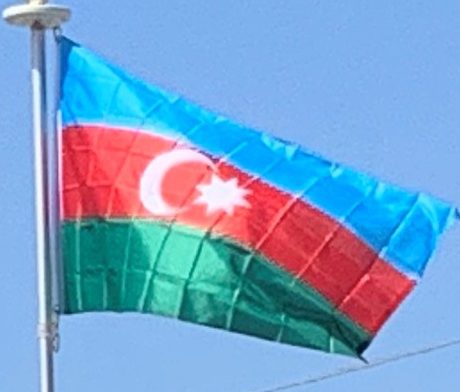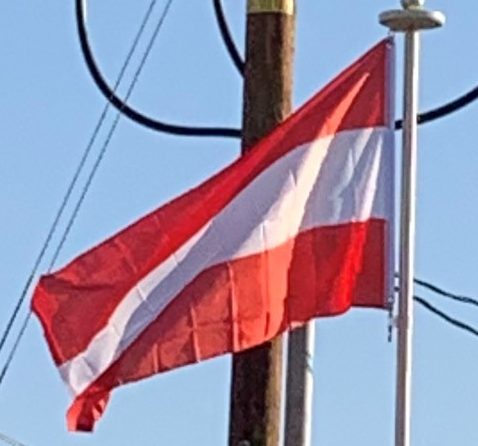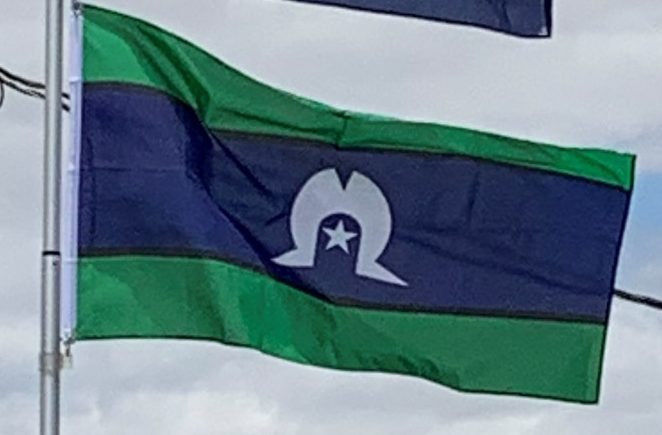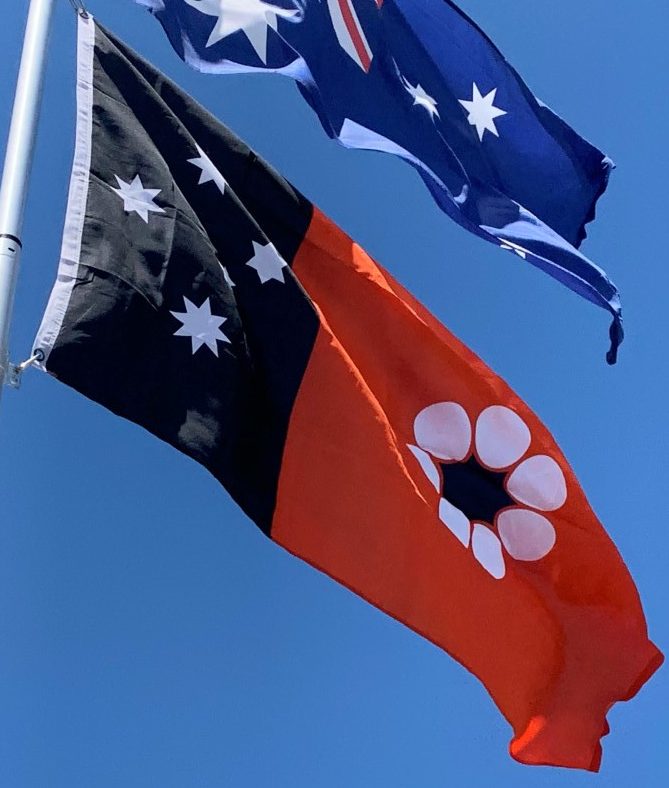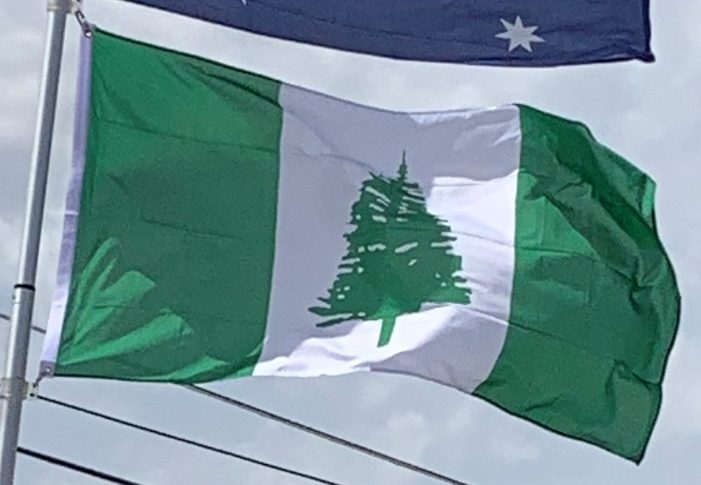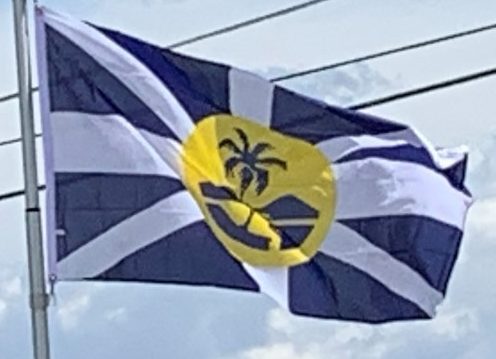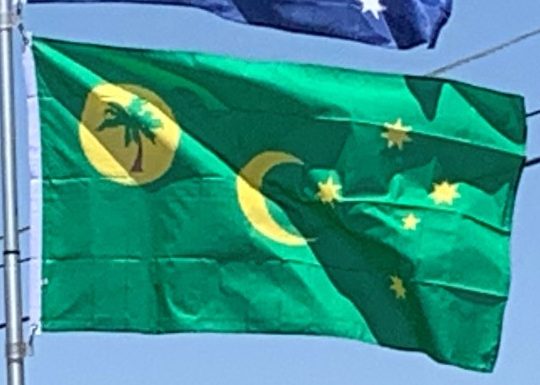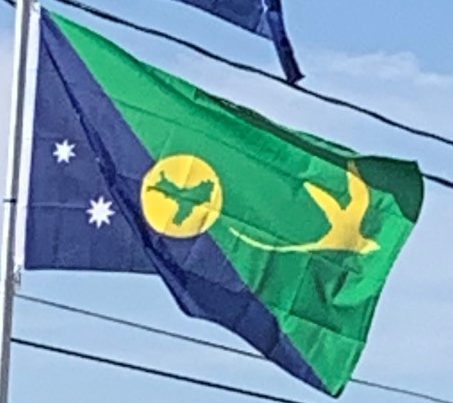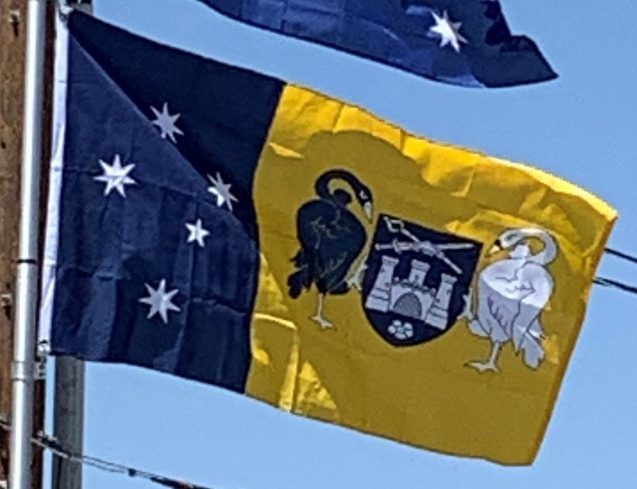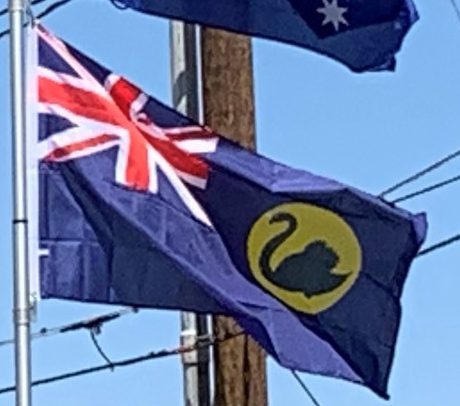Azerbaijan
The flag of Azerbaijan is a horizontal tricolour featuring three equally sized fesses of blue, red, and green, with a white crescent and an eight-pointed star in the center. The tricolour replaced an earlier design used by the Azerbaijan SSR. The blue symbolizes Azerbaijan’s Turkic heritage, the red stands for progress, and the green represents Islam. The official colors and size were adopted on 5 February 1991. This flag was used from 9 November 1918 to 1920, when Azerbaijan was independent, and it was revived with slight variations on 5 February 1991. The nickname for the flag is Üçrəngli Bayraq, which means The Tricolour Flag.
The sky blue symbolizes Turkic Multinationalism, the red is for the progress to establish a modern state and the development of democracy, and green shows the nation’s relation to the Muslim world.
While the crescent and star are typically seen as markers of Islam, some historians and researchers disagree about why an eight-pointed star is used on the flag of Azerbaijan. Fatali Khan Khoyski points to the eight letters in the word “Azerbaijan” as written in Arabic. The eight points of the star are also thought to stand for the eight Turkic peoples of Azerbaijan. The problem is there are only seven Turkic peoples: Azeris, Ottomans, Jagatais, Tatars, Kipchaks, Selijuks, and Turkomans. It’s possible the Kipchaks actually reflect two peoples, the Kazakhs and Kyrgyz, which would make eight. The classification of Turkic peoples pre-Soviet era was different from what it is today.
